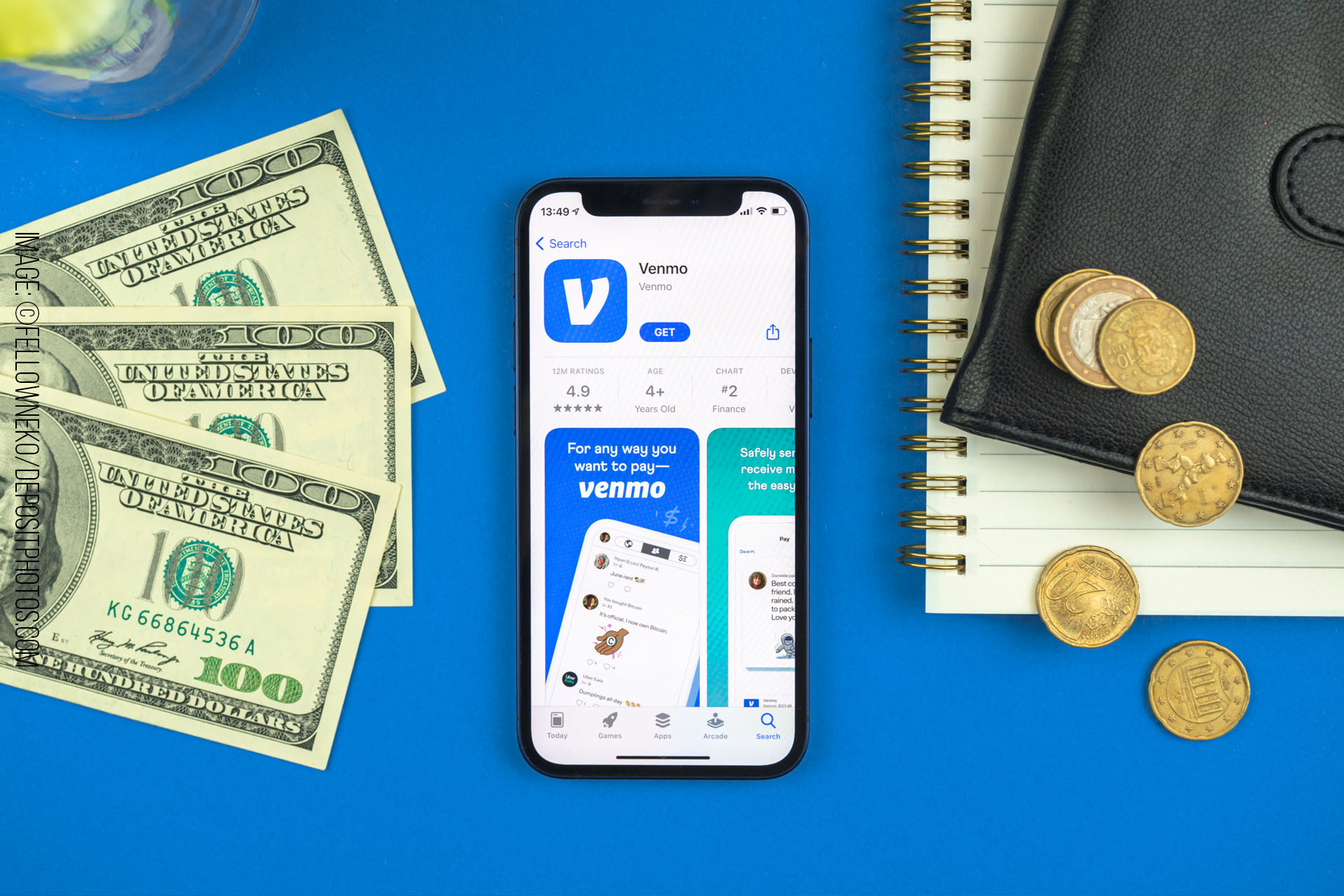Venmo has become synonymous with convenient and hassle-free peer-to-peer transactions, making splitting bills, paying friends, and handling everyday payments a breeze. However, like any financial service, Venmo does have its fee structure, which users should be aware of to make informed decisions. In this article, we’ll break down the venmo fees and shed light on when you might encounter them.
Venmo Transaction Types and Associated Fees
- Standard Transactions:
- Sending Money: When you use Venmo to send money from your linked bank account or debit card, there are usually no fees involved. This makes it a cost-effective option for everyday transactions.
- Receiving Money: Receiving funds from others is also typically free of charge. Venmo aims to make peer-to-peer payments as seamless as possible.
- Instant Transfers:
- Instant Transfer to Bank: If you want to move money from your Venmo balance to your linked bank account instantly, Venmo offers this service for a fee. As of my last knowledge update in September 2021, this fee is typically 1% of the transferred amount, with a minimum fee of $0.25 and a maximum fee of $10.
- Credit Card Payments:
- Sending Money via Credit Card: When you send money to someone using a credit card, Venmo charges a fee. This fee is usually around 3% of the transaction amount, which helps cover the processing costs associated with credit card transactions.
- Merchant Payments:
- Business Transactions: If you use Venmo for business-related transactions, such as selling products or services, you may be subject to merchant fees. These fees are designed for businesses and can vary based on the specific arrangement with Venmo.
- Currency Conversion:
- International Transactions: If you send money to someone in a different currency or receive money in a different currency, Venmo applies a currency conversion fee. This fee accounts for the cost of converting between currencies and can vary depending on the currency pair.
Understanding Fee Changes and Updates
It’s important to note that fee structures can change over time. Venmo may adjust its fees based on market conditions, regulatory changes, or company policies. Therefore, it’s advisable to regularly review Venmo’s official website or app for the most up-to-date information regarding fees.
Minimizing Fees and Maximizing Value
To make the most of Venmo while minimizing fees, consider these tips:
- Choose Payment Methods Wisely: Opt for bank transfers or debit card payments when possible to avoid credit card and instant transfer fees.
- Be Mindful of International Transactions: If you’re sending or receiving money internationally, be aware of currency conversion fees and explore cost-effective options for cross-border transactions.
- Check for Promotions: Venmo occasionally offers promotions that may waive certain fees or offer discounts on specific transactions. Stay informed about these opportunities.
- Review Your Account Settings: Periodically review your Venmo account settings to ensure they align with your financial preferences. Adjust privacy settings and notification preferences to your liking.
Venmo’s fee structure is designed to balance the convenience of quick and easy digital payments with the costs associated with various transaction types. By understanding the types of transactions that may incur fees and staying informed about any updates or changes, you can make well-informed decisions when using Venmo and maximize the value you derive from the service.



